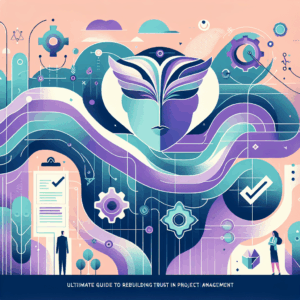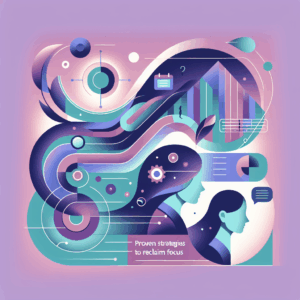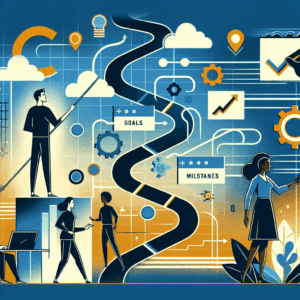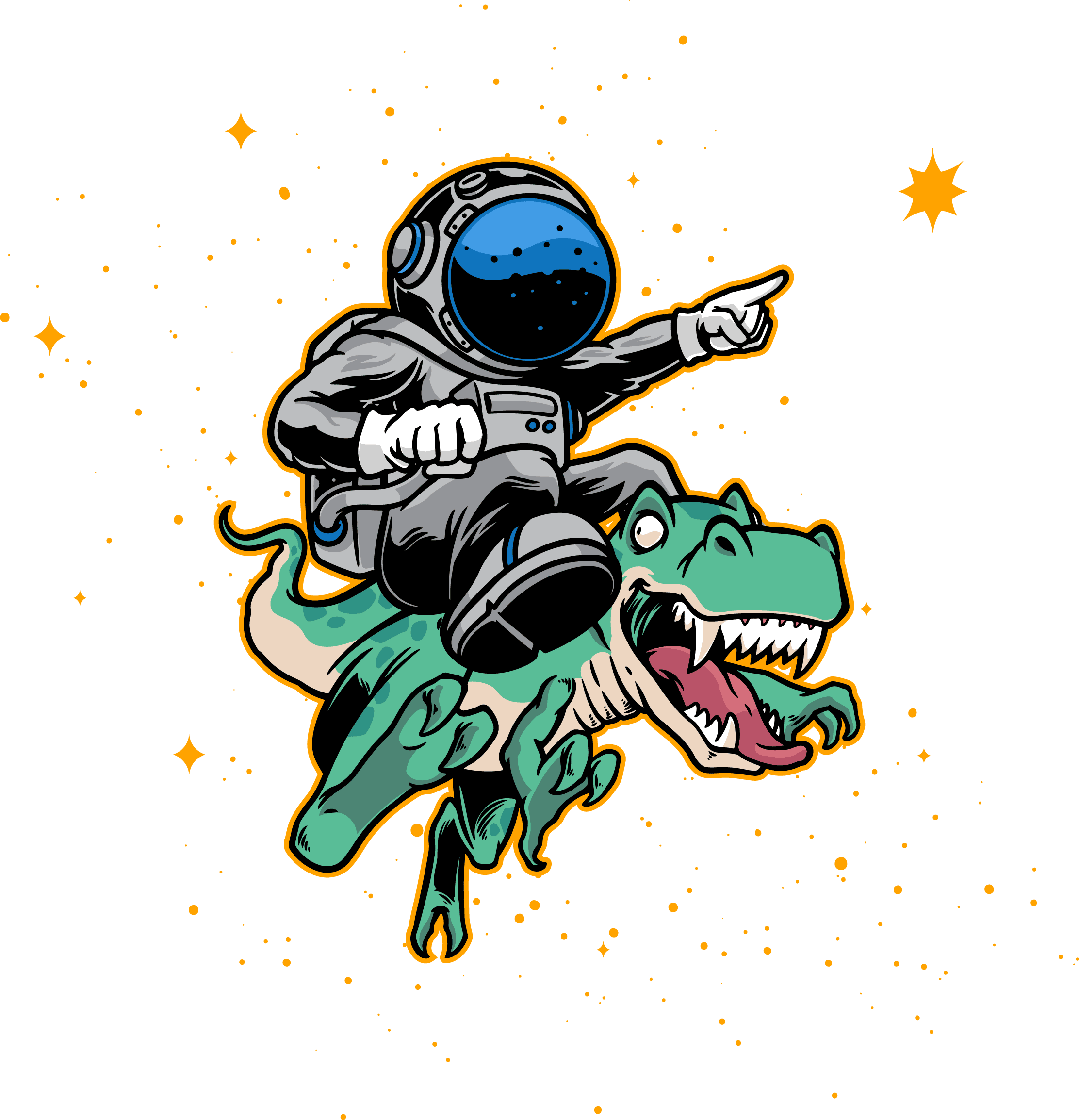How to Transform Your Nonprofit’s Vision Into Measurable Impact with Leantime
- Many nonprofit projects fail due to inadequate project management systems.
- Leantime provides a structured approach that translates vision into actionable outcomes.
- Understanding the difference between goals and milestones is crucial for success.
- Implementing best practices can lead to achievable goals and meaningful metrics.
Introduction
Imagine launching a community education program with ambitious goals—only to watch it crumble under poor coordination, missed deadlines, and unclear objectives. Unfortunately, this scenario is all too common in the nonprofit sector. Research shows that 70% of nonprofit projects fail to meet their original goals, often due to inadequate project management systems rather than lack of passion or resources.
The challenge isn’t motivation—nonprofit teams are driven by powerful missions to create positive change. The problem lies in translating those big-picture visions into actionable, measurable outcomes. Traditional project management tools often fall short for nonprofits, designed primarily for profit-driven organizations with different stakeholder needs and success metrics.
Enter Leantime, an open-source project management system specifically designed to bridge the gap between strategy and execution. Unlike conventional tools, Leantime recognizes that meaningful change requires a structured approach that moves seamlessly from vision to implementation through a clear hierarchy: Strategy → Plans → Projects → Goals/Milestones → Tasks.
For neurodivergent nonprofit leaders and team members, this systematic approach provides the clarity and structure essential for managing complex initiatives while accommodating different thinking styles and work preferences.
Why Nonprofits Need a Different Approach to Project Management
Nonprofit organizations face unique challenges that traditional project management solutions simply weren’t designed to address:
- Resource Constraints and Budget Limitations: Unlike for-profit businesses, nonprofits operate under strict budget constraints, making expensive proprietary software prohibitive. Every dollar spent on tools is a dollar not advancing the mission—a reality that demands cost-effective solutions without sacrificing functionality.
- Complex Stakeholder Management: Nonprofits juggle diverse stakeholder groups—board members, volunteers, donors, beneficiaries, and community partners—each with different communication styles, availability, and investment levels. Managing these relationships requires flexible coordination tools that accommodate varying levels of engagement.
- Mission-Driven vs. Profit-Driven Metrics: Traditional project management focuses on revenue, efficiency, and market share. Nonprofits measure success through social impact, behavior change, and community transformation—metrics that are often qualitative and long-term.
- Volunteer Coordination and Retention: Unlike paid employees, volunteers have varying schedules, skill levels, and commitment periods. Project management systems must accommodate this fluidity while maintaining project continuity.
The open-source advantage becomes particularly powerful for nonprofits. Not only does it eliminate licensing costs, but it also provides the customization flexibility needed to adapt to unique organizational cultures and mission requirements. For neurodivergent users, open-source solutions can be modified to better support different cognitive processing styles and workflow preferences.
The Nonprofit Project Hierarchy in Leantime
Leantime’s strength lies in its systematic approach to breaking down complex nonprofit missions into manageable, actionable components. Here’s how each level works:
Strategy: Your North Star Vision
Every impactful nonprofit initiative begins with a clear, compelling strategy—your organization’s north star that guides all subsequent decisions. In Leantime, you can use Blueprint boards to clarify and validate your strategy by answering fundamental questions:
- Why are we doing this? What problem are we solving?
- Who is it for? Who benefits from our work?
- What should success look like? How will we know we’ve made a difference?
Example Strategy: “Empower local youth through technology education to bridge the digital divide and create pathways to economic opportunity.”
For neurodivergent team members, having a clear, written strategy provides constant reference point that helps maintain focus when projects become complex or overwhelming.
Plans (Programs): Long-term Program Planning
Plans, or programs, represent the broad initiatives that implement your strategy over extended periods. Leantime’s Program Plan views enable you to map out entire program lifecycles, typically spanning 6-18 months or longer.
Programs might include:
- Annual educational initiatives
- Multi-phase advocacy campaigns
- Long-term community outreach efforts
- Capacity-building projects
Programs group multiple related projects under a common purpose, enabling both macro-level oversight and detailed project management. This hierarchical structure helps neurodivergent team members understand how their specific tasks contribute to larger organizational goals.
Projects: Execution Building Blocks
Projects are the concrete building blocks that make your programs real. Each project should have clear deliverables, timelines, and responsible team members.
Example: Within a youth technology education program, specific projects might include:
- Summer Coding Bootcamp 2025
- After-School Digital Literacy Workshops
- Community Computer Lab Setup
- Volunteer Instructor Recruitment and Training
Leantime provides dedicated project workspaces where teams can organize tasks, track milestones, and coordinate day-to-day execution. This project-level focus helps prevent overwhelm by breaking large initiatives into manageable chunks.
Goals vs. Milestones: Understanding the Critical Difference
One of the most important distinctions for nonprofit project success is understanding the difference between goals and milestones:
- Goals are specific, measurable outcomes you want to achieve:
- “Train 100 students in basic coding by September”
- “Achieve 80% course completion rate”
- “Reach 85% participant satisfaction rating”
- Milestones are key progress checkpoints that mark significant project phases:
- “Launch participant registration” (July 1)
- “Complete curriculum development” (August 15)
- “Conduct instructor training” (August 20)
- “Begin first cohort classes” (September 1)
In Leantime, milestones are visualized on timelines and Gantt charts, providing at-a-glance progress understanding. For neurodivergent users, this visual representation of progress can be particularly helpful for maintaining motivation and understanding project flow.
Tasks: The Action Level
Tasks represent the specific, actionable items assigned to team members:
- Design program flyer
- Update website registration system
- Recruit volunteer instructors
- Order classroom materials
- Set up learning management system
Leantime’s flexible task management supports multiple view options (Kanban boards, tables, lists) and includes subtasks and dependencies for complex workflows. This flexibility accommodates different work styles and cognitive preferences.
Real-World Case Study: Tech-Education Nonprofit
Let’s examine how a community technology education nonprofit might structure their work using Leantime’s hierarchy:
| Level | Example |
|---|---|
| Strategy | Empower local youth through technology education |
| Plan/Program | 2025 Youth Digital Empowerment Program |
| Project | Summer Coding Bootcamp 2025 |
| Milestones | Registration Launch (July 1), Curriculum Complete (Aug 15), Bootcamp Launch (Sept 1), Graduation Ceremony (Dec 15) |
| Goals | Enroll 100 students, 80% completion rate, 85% satisfaction, 60% job placement within 6 months |
| Tasks | Design marketing materials, recruit instructors, develop curriculum modules, secure venue, purchase equipment |
This structured breakdown transforms an ambitious vision into concrete, actionable steps that teams can execute systematically.
Best Practices for Achievable Goals and Milestones
The SMART Framework for Nonprofit Goals
Effective nonprofit goals follow the SMART criteria, adapted for mission-driven work:
- Specific: Clearly define what you want to accomplish
- Measurable: Include quantifiable metrics for success
- Achievable: Set realistic expectations given resources and constraints
- Relevant: Align with your organization’s mission and strategy
- Time-bound: Include specific deadlines and timeframes
Milestone Strategy for Sustained Progress
- Break Large Goals Into Smaller Checkpoints: Instead of working toward one large outcome, create intermediate milestones that provide regular success experiences. This approach is particularly beneficial for neurodivergent team members who may struggle with sustained focus on distant goals.
- Use Timeboxing to Prevent Burnout: Leantime’s time-blocking features help assign realistic deadlines for tasks and milestones. For ADHD users, time boundaries can provide essential structure, while for autistic team members, predictable schedules reduce anxiety and improve performance.
- Implement Visual Progress Tracking: Use Leantime’s Kanban boards and Gantt charts to make progress visible. Visual representations help all team members—but especially those with dyslexia or processing differences—quickly understand project status and next actions.
Team Collaboration Best Practices
- Establish Regular Review Cycles: Schedule consistent check-ins to review progress and adjust plans as needed. For neurodivergent team members, predictable meeting schedules reduce anxiety and improve participation.
- Create Feedback and Iteration Processes: Use Leantime’s prioritization features, including task rating systems, to identify bottlenecks and redirect efforts. Regular feedback helps prevent small issues from becoming major problems.
- Maintain Program-Level Oversight: Regularly review the “Program Plan” to ensure alignment across multiple projects and milestones, keeping your entire organization tracking toward success.
Conclusion
Transforming your nonprofit’s ambitious vision into measurable impact requires not just passion, but a structured project management approach that recognizes the unique challenges nonprofits face. Leantime offers the necessary tools to help navigate these challenges and facilitate meaningful change.






